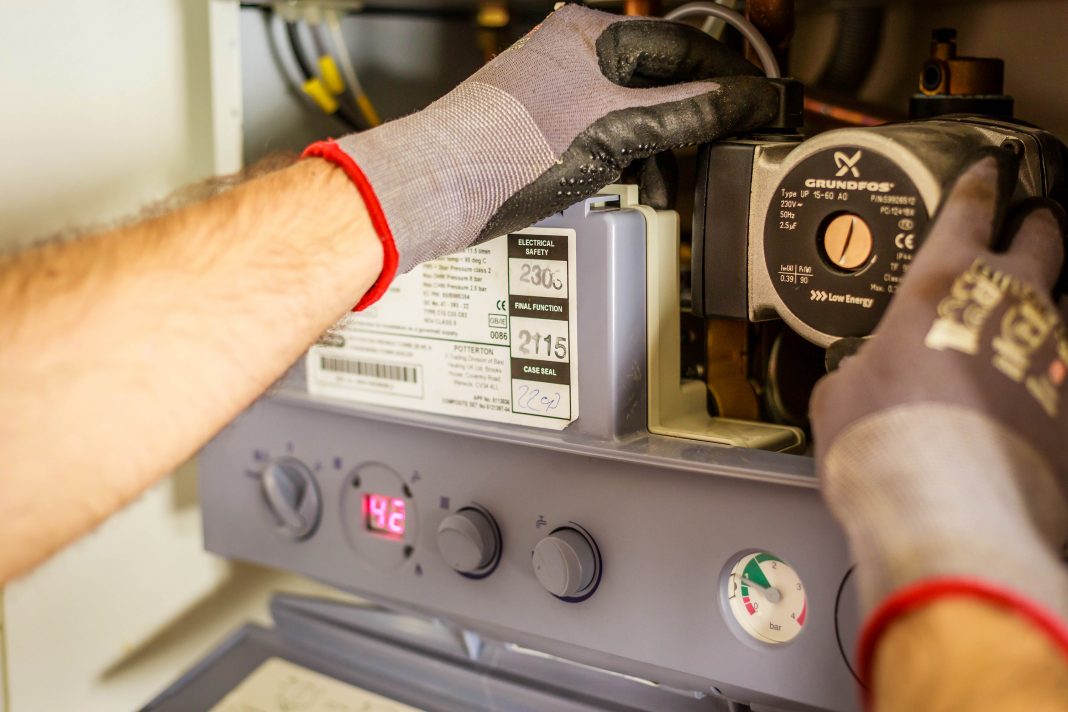Retrofitting, decarbonisation, renewables, and the energy transition. There’s a behemoth of information out there, and it seems to be growing by the day. That’s why we’ve put together some of the choice cuts to take the sting out of finding the most reliable, factual, and up-to-date information you could ever need. At least until something new appears!
- The Retrofit Playbook – UK Green Building Council
Based on the findings of an EIT Climate-KIC Pathfinder project, this handbook is a dip-in resource and blueprint for local authorities who need help developing and implementing a retrofit programme to their locale. A city-led approach is designed to help urban centres meet carbon mitigation and energy efficiency targets that central government policy will fail to do. See page 46 for funding advice. It’s accompanied by a toolkit, which can be downloaded from here.
- How to Develop an Energy Conservation Program for Your Agency – National Recreation and Park Association
While this is specifically aimed at America’s Parks and Recreation agencies, the advice detailed can be applied to any department in any sector. It covers everything from establishing how much energy you use, to how to create a plan, engaging stakeholders, and how to monitor progress.
- Net Zero Policy Position Paper – The Royal Institution of Chartered Surveyors
A paper making recommendations in different policy areas for decarbonising building stock leading up to 2050. Focus includes strategic, regulatory, and fiscal drivers, skills, and data. Read a brief summary of the recommendations here.
- Retrofit for the Future – Technology Strategy Board
Based on a project that undertook typical and innovative steps to improve energy use by 80% in more than 100 homes. It accounted for energy and water use, data measurement, technical reviews, and airtightness. This report on 40 properties looks into making retrofit work by sharing lessons learned and identifies what could be improved in similar projects.
- Supporting New Community Energy Groups with Start-up Issues – Community Energy London
With this step-by-step guide, you are shown how to create your very own community energy group without any prior knowledge. It drills down into such details as how to define stakeholders using datasets, developing an idea for your project, and establishing a board of governance.
- Community Energy: A Practical Guide to Reclaiming Power – Friends of the Earth
A step-by-step guide to community energy based on the learning from 27 European projects. As the FotE website says, it is “packed with instructions, practical tips, powerful success stories and invaluable resources to build a local, community-led renewable energy revolution” suitable for “a curious individual, a group embarking on a renewable energy journey, or a local authority”.
- Net Zero Carbon Buildings Commitment – World Green Building Council
The WorldGBC wants businesses and cities to ensure their building stock runs operationally to net zero carbon emissions by 2030. The commitment is accompanied by “a framework to develop globally ambitious yet locally relevant, flexible and universally viable solutions” for reducing energy demand and transitioning to renewable sources.
The American university is committed to sustainability in its buildings. Although not technically a guide, this summary of measures they put in place is an example to other institutions of how local-scale initiatives can have a big impact. This includes ringfencing funding for on-site retrofit projects and implementing green policies for campuses.
- Energy Efficient Buildings – European Commission
A helpful single resource for everything the EC has to offer on decarbonisation policy, projects, and strategies. Retrofitting and smart technology included.
- Building Upgrade Manual – ENERGY STAR
From technical know-how to the strategic stages, this guide is fairly comprehensive but pleasingly touches not only on residential retrofits but also commercial and public buildings, too.
Low Carbon Living CRC published two helpful guides for retrofit beginners in Australia with sound advice for improving residential and commercial properties in the country’s unique climatic landscape.


